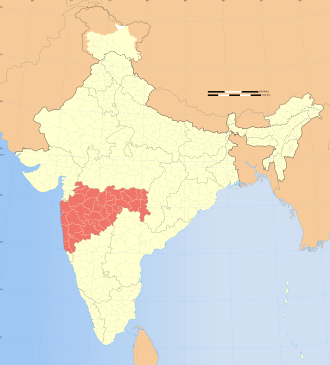Topic 4.6 Internal and External Challenges to State Power from 1450 to 1750

The centralization of power in South Asia intensified already strained relations between subjects and the imperial powers who ruled over them. The Mughal Empire, which had ruled South Asia since 1526, was weakened by the rise of the Marathas on the western border of the subcontinent. The Marathas were a collection of farming, landowning and warrior

castes united by a single language. [1] Their strict adherence to Hinduism further set them apart from their Islamic Mughal overlords.
Emperor Akbar (1542-1605) inaugurated a period of peace and prosperity in the Mughal Empire by tolerating other faiths. Shortly after his death, conservative leaders returned the dynasty to its policy of favoring Islam above other religions. The Hindu majority once again had to pay the hated Islamic tax on non-Muslims, alcohol was forbidden, and Hindu temples were permitted to go into disrepair. [2] These measures galvanized the Hindu Marathas against the Islamic Mughals. A leader named Shivaji (1627-1680) forged a powerful Marathan confederacy which launched major revolts against the Mughals. By the early 1700s the Mughals were in an advanced state of decline. Divided by religion and doctrine, plagued by suspicion and accumulated grievances, India was vulnerable: Afghans conquered part of the Punjab in the north, despite staunch opposition from Mughal viceroys, the Marathas had gained the right to collect taxes in six Mughal provinces, [3] and the East India Company gained de facto control over large areas of India. After defeating the Maratha Empire in 1818, the East India Company briefly became the protectors of the Mughal Empire. By 1858 the British had colonized them outright.
- ↑ http://www.britannica.com/EBchecked/topic/363851/Maratha
- ↑ India (2001) Stanley Wolpert, p. 43.
- ↑ Advanced Study in the History of Modern India, 1707-1813 (2005) Jaswant Lal Mehta, p. 92.